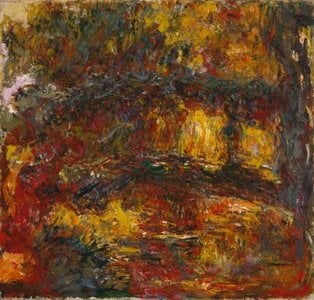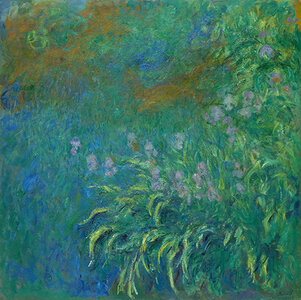- Joined
- Oct 24, 2012
- Messages
- 12,694
As @John Pollard mentioned:
These are both valid questions. The answer to this one depends on the person. Many times I've stood across from couples where one observer detects tint, inclusion or performance differences immediately that their partner doesn't.
Another page that may be useful: Diamond beauty and eyesight.
https://www.pricescope.com/education/diamond-cut/diamond-beauty-and-eyesight
This topic is of interest to me because my eyesight has changed significantly in the past 4 years, I am wanting more color in my clothes and jewelry and in my work as well. I highlight lines, cells, documents in color in order to find things easily and quickly. My preferences for color and diamond performance have changed as well. I changed to a K OEC in 2016. After wearing my OEC through 2020, I discovered I really wanted a brighter, whiter stone, that would really just catch my eyes. And I also noticed that a couple years ago, I realized that visual brightness catches my eye so much more than it did before.
So am very curious whether others have noticed any change in their vision and their diamond preferences over time.
And honestly because I am planner, if I had known this would happen, would that have affected my original diamond choices? I wonder.
Avatar345 said:
... how much is that price premium to super ideal worth? And can it be detected visually?
These are both valid questions. The answer to this one depends on the person. Many times I've stood across from couples where one observer detects tint, inclusion or performance differences immediately that their partner doesn't.
Another page that may be useful: Diamond beauty and eyesight.
https://www.pricescope.com/education/diamond-cut/diamond-beauty-and-eyesight
This topic is of interest to me because my eyesight has changed significantly in the past 4 years, I am wanting more color in my clothes and jewelry and in my work as well. I highlight lines, cells, documents in color in order to find things easily and quickly. My preferences for color and diamond performance have changed as well. I changed to a K OEC in 2016. After wearing my OEC through 2020, I discovered I really wanted a brighter, whiter stone, that would really just catch my eyes. And I also noticed that a couple years ago, I realized that visual brightness catches my eye so much more than it did before.
So am very curious whether others have noticed any change in their vision and their diamond preferences over time.
And honestly because I am planner, if I had known this would happen, would that have affected my original diamond choices? I wonder.









300x240.png)